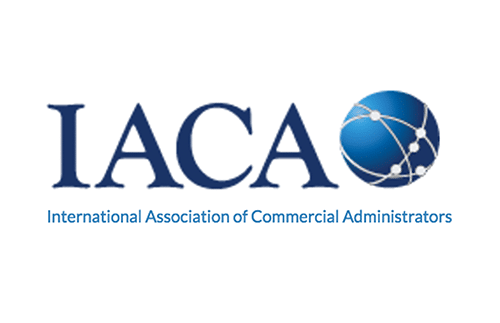It may not be immediately clear that constituent digital experience and the concept of “repeatability” are closely linked. However, as evidenced by the significant delays of the 21st Century Integrated Digital Experience Act (IDEA Act), getting digital experience right, implemented quickly, and scalable across the government enterprise is no easy feat. The challenge is not unique to federal agencies; states, cities, and counties nationwide also aim to provide integrated, accessible, and seamless digital experiences that align with federal mandates.
Given the mission, scale, and complexity of government digital experience initiatives, there are naturally no silver bullets. However, there are strategies that can achieve faster gains compared to your typical legacy approaches to digital modernization and improve digital experiences for constituents. Most of these strategies revolve around the concept of repeatability.
What is Repeatability?
Repeatability doesn’t mean deploying a one-size-fits-all approach, nor does it mean that digital modernization program snowflakes don’t occasionally exist.
Repeatability means building highly replicable approaches to business processes. Furthermore, the lack of repeatability in process modernization is oftentimes the difference between success and failure of larger digital initiatives. A repeatable approach is key to both scalability and improved time-to-value that helps define the success of initiatives such as the IDEA Act.
Real-World Applications
So what does this mean in practical terms? Simplified and repeatable approaches in child support services enrollment across a state, for example, can now be streamlined and replicated. This means that a resident in one county within a state will have a very similar and easy digital experience completing an electronic enrollment form to another resident in a nearby county. Another state can take notice of this approach and pilot the same intuitive and repeatable business process automation strategy for its residents.
This is not a theoretical construct; it’s already happening and enabled through common, repeatable, and scalable approaches to improving constituent digital experiences. The outcomes not only improve digital experiences for constituents, but also those of the government workers administrating child support enrollment services.
While this is just one example, myriad wide-ranging repeatable use cases are cropping up across government agencies every day. A travel authorization form is not a unique business process in government, nor is an executive document review and tracking (a.k.a. “Red Folder”) business process. While there are certainly nuances that need to be addressed within each specific agency, the underlying business processes can be remarkably similar, and more importantly, highly repeatable.
Evaluating Workflow Management Solutions
As a GovTech executive, my customer meetings today almost always start with, “I know this is something SimpliGov has already done” instead of, “Is this something that can be done?” That’s a reframe from even five years ago, as governments increasingly understand there is someone already doing this—they don’t need to be the first.
With this in mind, ask these essential questions when addressing incoming legislation or scaling a digital modernization program aimed at improving digital experiences:
- Is there an existing solution that can address project requirements and is already handling very similar use cases today?
- Can this platform be easily integrated to help build the connective tissue of the enterprise rather than create another IT silo?
- Can this solution handle the growing variability and wealth of use cases across government as it expands digital service delivery to constituents?
- Most importantly, can this solution be highly repeatable and seamlessly scale with adoption?
While there is, again, no silver bullet, the likelihood of success jumps exponentially when you have a running and repeatable start to improve constituent digital experience.














